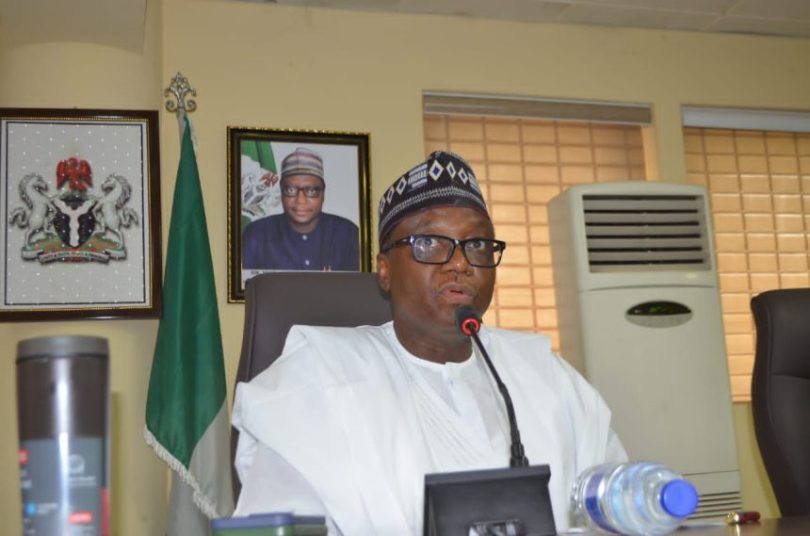The Revenue Mobilisation Allocation and Fiscal Commission (RMAFC) has announced the rollout of new data rendition templates aimed at enhancing the monitoring of revenue generated from the solid minerals sector.
Dr. Mohammed Shehu, Chairman of RMAFC, disclosed this initiative during a one-day workshop focused on familiarizing stakeholders with the new templates in Abuja on Tuesday. He was represented by Mr. Ibrahim Shettima, Commissioner and Chairman of the Solid Mineral Monitoring Committee of RMAFC.
Shehu emphasized that these templates are designed to effectively capture and manage critical data relating to the specific quantities of minerals produced by mining companies. Additionally, the templates will document the locations of production, as well as the licenses, fees, and permits paid by these companies.
“These data points, if accurately managed and utilized, will significantly enhance the tracking and accountability of mining operations and their associated revenues,” he stated.
The RMAFC Chairman noted that the program will extend to the zonal level, replicating efforts across the six geopolitical zones of the country. This initiative aims to facilitate vital discussions on maximizing mining revenue potential nationwide.
“The introduction of these new data rendition templates comes at a crucial time, given Nigeria’s current economic challenges. The importance of diversifying our revenue sources cannot be overstated, particularly to reduce our reliance on hydrocarbons,” he remarked.
Shehu further explained that the nation’s dependence on hydrocarbon revenue is often vulnerable to fluctuations in the international oil market. He highlighted that under President Bola Tinubu’s administration, there is a concerted effort to tap into revenue streams from sectors such as solid minerals, agriculture, tourism, manufacturing, and the blue economy.
Despite ongoing activities in the mining sector, Shehu pointed out that its contribution to the Federation Account remains minimal, primarily due to inadequate monitoring of mining operations. He reaffirmed RMAFC’s commitment to ensuring that all mining sector revenues are promptly deposited into the federation’s distributable pool account.
To fulfill its mandate, RMAFC has conducted two nationwide solid mineral revenue monitoring exercises in the last decade: Phase I in 2016 and Phase II in 2022, with the goal of increasing revenue from the country’s mining sector.
Shehu expressed gratitude to the Ministry of Solid Minerals Development, the Director-General of the Mining Cadastre Office, and other stakeholders for their collaborative efforts in making the workshop possible.
In his remarks, Shettima highlighted the importance of establishing an independent data platform for the commission to eliminate discrepancies in reported figures. He stressed that this platform will facilitate comparisons and provide advanced information for accurate revenue attribution.
“It is essential to address the inconsistencies in the figures reported by state governments and the ministry concerning revenue from the solid mineral sector. A uniform solid minerals data rendition template will help specify the measurement scale used for reporting production quantities and locations,” he concluded.

